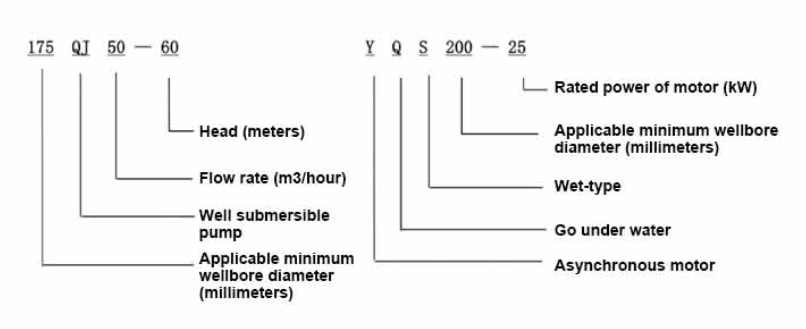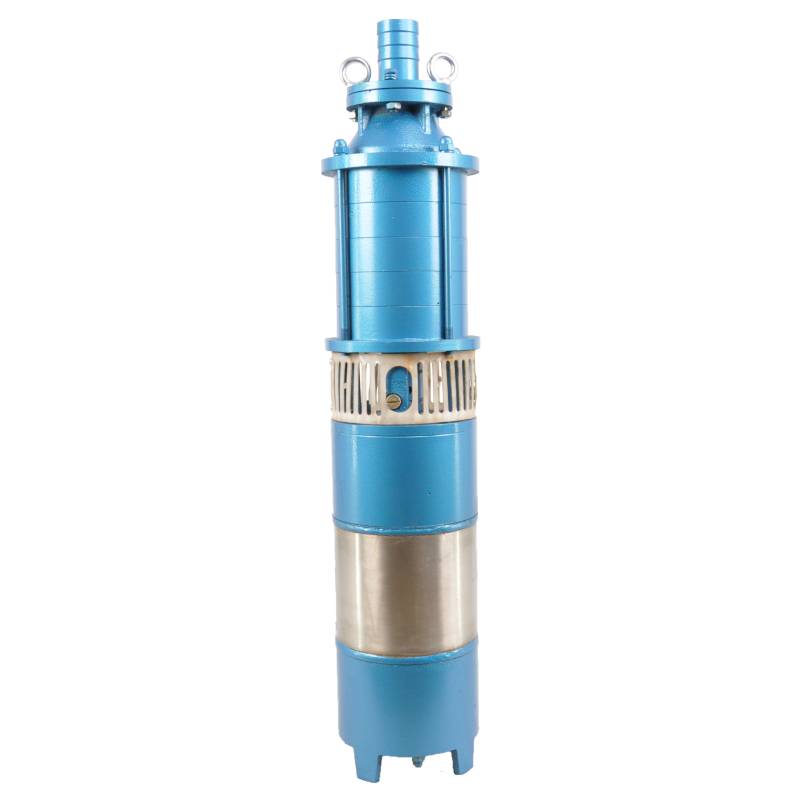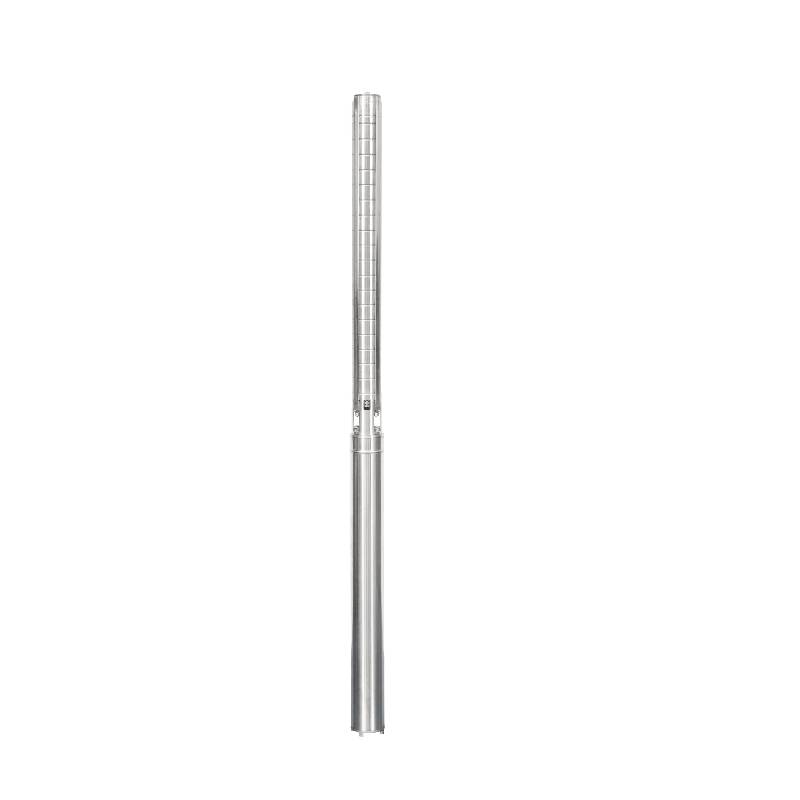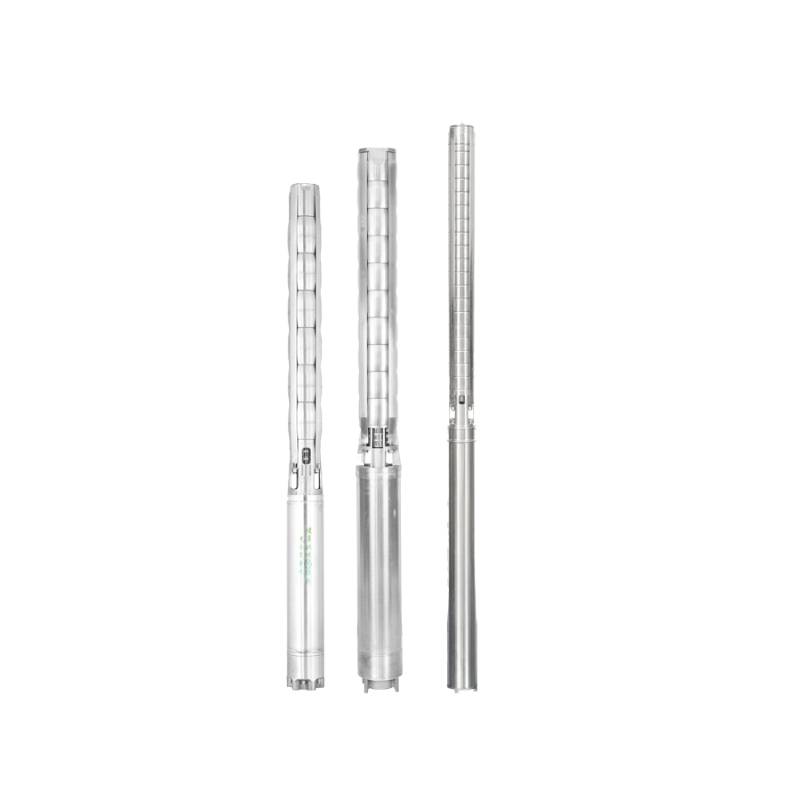des. . 21, 2024 19:03 Back to list
submersible pump float switch
Understanding Submersible Pump Float Switches A Comprehensive Guide
Submersible pump float switches are integral components in various applications, providing automated control for water pumps in countless settings, including residential, commercial, and industrial environments. These switches play a crucial role in preventing overflow, managing water levels, and ensuring the efficiency of pumping systems. This article delves into the functionality, types, installation, and maintenance of submersible pump float switches, guiding users through their importance and usage.
What is a Submersible Pump Float Switch?
At its core, a submersible pump float switch is an electrical device used to monitor water levels in a tank or sump and activate or deactivate a submersible pump accordingly. They typically consist of a buoyant float and a switch mechanism that activates when the float reaches a predetermined position. Depending on the design, these switches can trigger the pump to turn on or off based on the water level, preventing both overfilling and running the pump dry.
How Do Float Switches Work?
Float switches operate based on buoyancy. When the water level rises, the float moves upward with the water, activating the switch. Depending on the configuration, this switch can either close or open a circuit, signaling the pump to start or stop working. When the water level drops, the float descends, deactivating the switch and thereby controlling the operation of the pump.
Types of Float Switches
Float switches come in various types, each suited for specific applications
1. Mechanical Float Switches These traditional devices have a simple design, utilizing a float mechanism that physically activates a switch. Mechanical float switches are reliable and straightforward, making them a popular choice for many applications.
2. Vertical Float Switches Designed for narrow spaces, vertical float switches provide a compact solution and are often used in tight installations.
3. Horizontal Float Switches These switches are better for deeper tanks and can offer significant reliability in applications where the water level fluctuates frequently.
4. Electronic Float Switches Featuring no moving parts, these switches use electronic sensors to detect water levels. They are ideal for applications that require high accuracy and longevity.
submersible pump float switch

Installation of Float Switches
Installing a submersible pump float switch should be done with care. Here are the general steps for installation
1. Select the Right Location Determine where the float will be positioned based on the desired water levels. Ensure there is room for the float to move freely without obstruction.
2. Mounting the Float Switch Depending on the style, use the appropriate mounting hardware. Follow the manufacturer’s instructions to secure the float switch in place.
3. Wiring Connect the float switch to the pump’s power supply, ensuring that all electrical connections are waterproof and secure.
4. Testing Once installed, test the system to ensure that the float switch correctly activates and deactivates the pump at the desired levels.
Maintenance of Float Switches
Regular maintenance is crucial for ensuring longevity and proper functioning. Here are some tips
1. Inspect Regularly Check the float switch for any signs of wear or damage. Regular inspections can help catch potential issues before they escalate.
2. Clean the Area Ensure that the float can move freely by cleaning any debris from the tank. Blockages can prevent the float from operating effectively.
3. Test Functionality Periodically simulate high and low water levels to check if the float switch responds appropriately.
In summary, submersible pump float switches are essential devices for controlling water levels automatically in various settings. By understanding their types, functionality, installation procedures, and maintenance needs, users can enhance the efficiency of their pumping systems and prevent potential flooding or pump damage. Whether in a residential sump pit or an industrial wastewater application, float switches are indispensable tools that streamline operations and provide peace of mind.
-
submersible-sump-pump-auto-drainage-for-crawlspaces
NewsAug.22,2025
-
solar-powered-stainless-steel-submersible-well-pump-setup
NewsAug.22,2025
-
stainless-steel-well-pump-flow-rate-optimization
NewsAug.22,2025
-
water-filled-submersible-pump-fish-farm-oxygenation
NewsAug.22,2025
-
submersible-pump-in-aquaculture-and-fish-farming
NewsAug.22,2025
-
deep-well-submersible-pump-for-drought-areas
NewsAug.22,2025
-
 submersible-sump-pump-auto-drainage-for-crawlspacesCrawlspaces, those narrow areas beneath homes, are prone to water accumulation due to leaks, groundwDetail
submersible-sump-pump-auto-drainage-for-crawlspacesCrawlspaces, those narrow areas beneath homes, are prone to water accumulation due to leaks, groundwDetail -
 solar-powered-stainless-steel-submersible-well-pump-setupHarnessing solar energy to power stainless steel submersible well pumps is a sustainable and coDetail
solar-powered-stainless-steel-submersible-well-pump-setupHarnessing solar energy to power stainless steel submersible well pumps is a sustainable and coDetail -
 stainless-steel-well-pump-flow-rate-optimizationIn various applications like agriculture, domestic water supply, and industrial use, the flow rate oDetail
stainless-steel-well-pump-flow-rate-optimizationIn various applications like agriculture, domestic water supply, and industrial use, the flow rate oDetail
